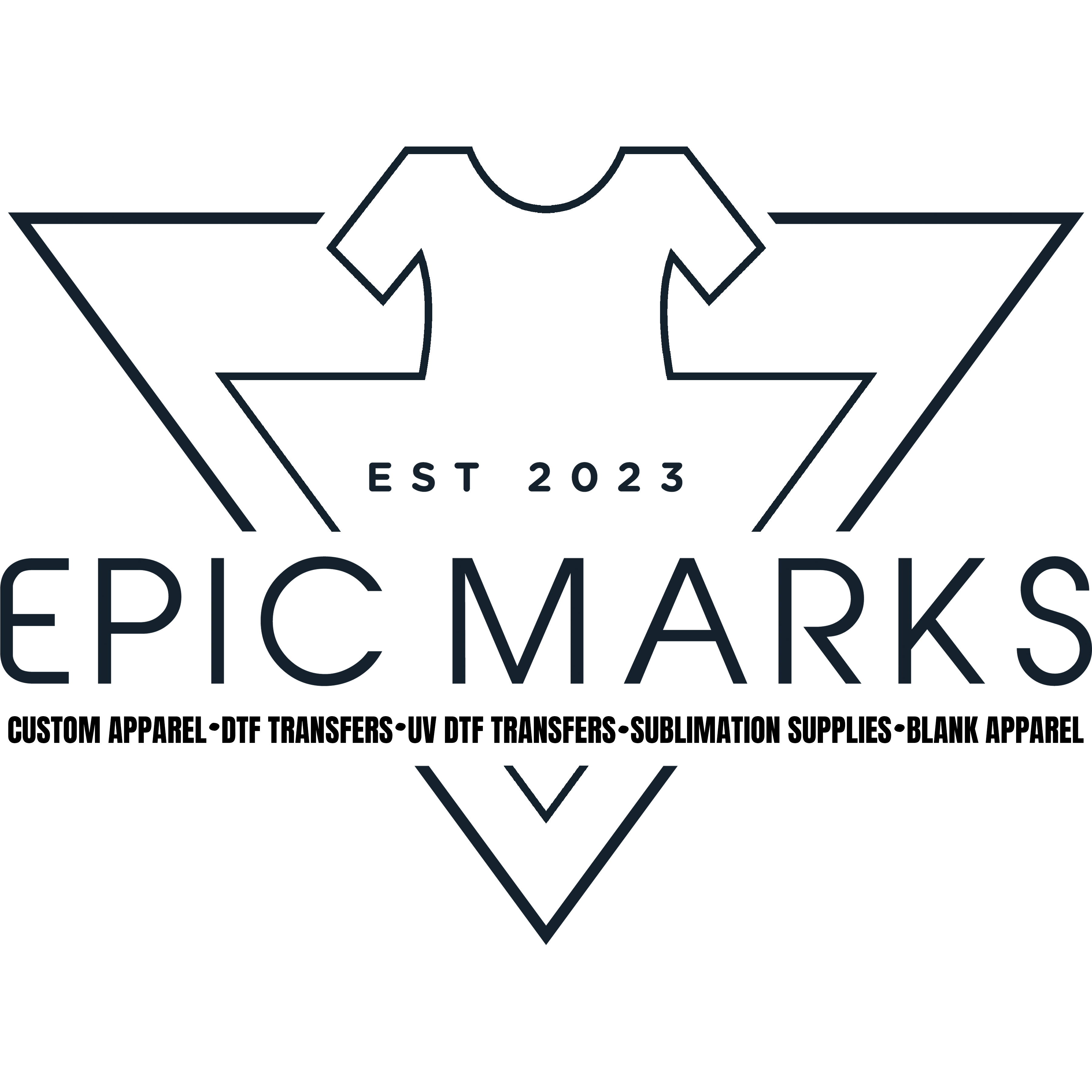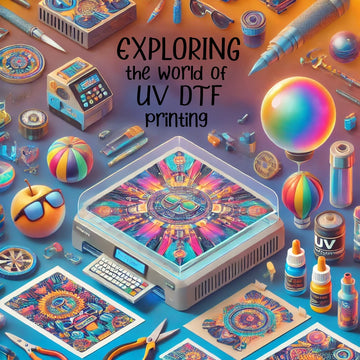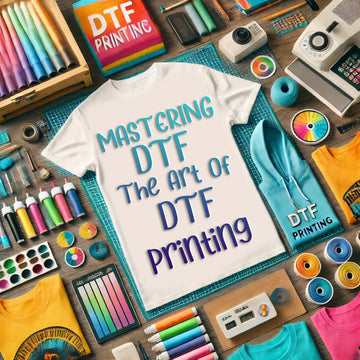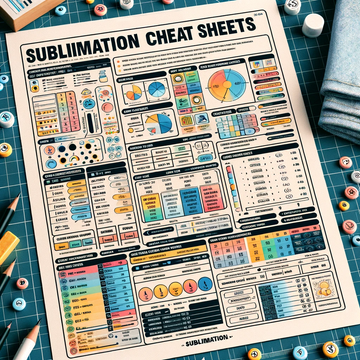Introduction to UV DTF Printing
UV DTF (Direct-to-Film) printing is an innovative method combining UV printing technology with a transfer process, enabling users to create vibrant, durable designs for various surfaces, including glass, metal, wood, and plastic. It’s ideal for intricate, multi-color designs, achieving results on a broader range of surfaces beyond fabric.

Design and Image Preparation for UV DTF
Preparing artwork for UV DTF requires attention to detail, as the process captures intricate lines and colors. Use high-resolution images, ideally in 300 DPI, to ensure a clean transfer, and work in RGB color mode for optimal color output. Software like Adobe Illustrator or Photoshop can help perfect color saturation and contrast, especially as UV DTF captures high-contrast elements well.
- Transparency and Backgrounds: Ensure transparency around the design if no background is desired, as UV DTF transfers faithfully replicate design borders.
- Layering Colors and Effects: Take advantage of UV printing’s layered effect, adding highlights or shadowing to enhance depth.

Surface Choices and Applications
UV DTF stands out for its versatility, working on non-porous surfaces where traditional printing may not adhere as well. Popular options include:
- Glass and Acrylic: Ideal for decor and signage, UV DTF creates vibrant, durable designs that won’t fade easily.
- Metal: Transfers to metal with excellent adhesion, making it great for custom items like keychains, metal plates, and branding pieces.
- Wood and Plastic: With minimal prep, UV DTF transfers can adhere to wood and plastic, perfect for accessories and gadgets.

UV DTF Transfer Tips
Transferring UV DTF prints is as easy as applying a sticker. Here’s how to achieve the best results:
- Application Technique: After applying the UV DTF adhesive, press the film onto the surface and smooth out any bubbles.
- Peeling Technique: Peel off the film gently after curing to reveal a clean, vibrant transfer.
Care Instructions for UV DTF Printed Items
UV DTF prints are durable, but following care guidelines can extend their life. Here’s how to keep your designs vibrant:
- Avoid Excessive Scrubbing: While UV DTF prints are scratch-resistant, avoid abrasive scrubbing on the surface.
- Mild Cleaning: Clean with a soft cloth and mild soap when needed; harsh chemicals may affect the design.
- Temperature Sensitivity: Avoid extreme temperatures to prevent potential fading over time.
Conclusion
UV DTF printing opens up endless creative possibilities for non-fabric surfaces. Its vivid color quality and durability make it a top choice for personal projects and branding alike. With the right design prep, application techniques, and care, you can transform everyday surfaces into eye-catching pieces with UV DTF.






